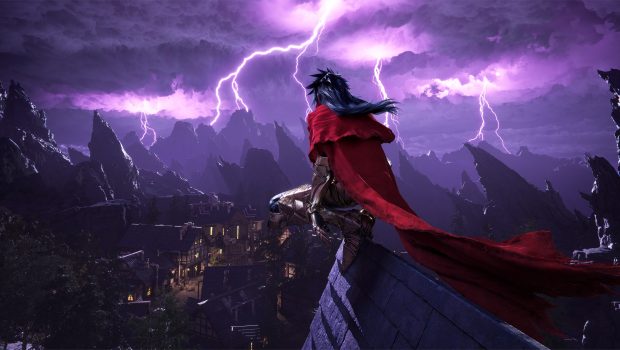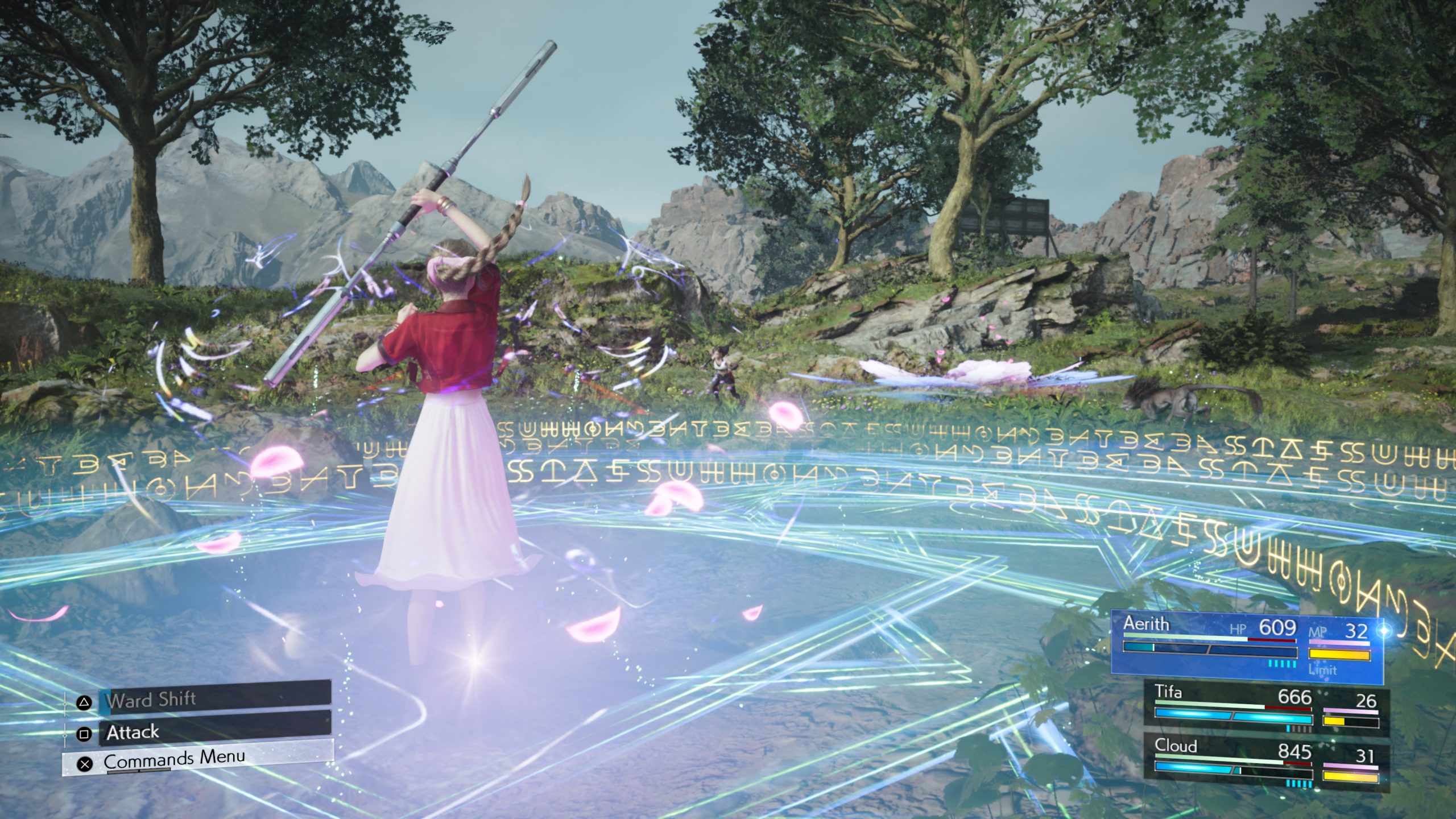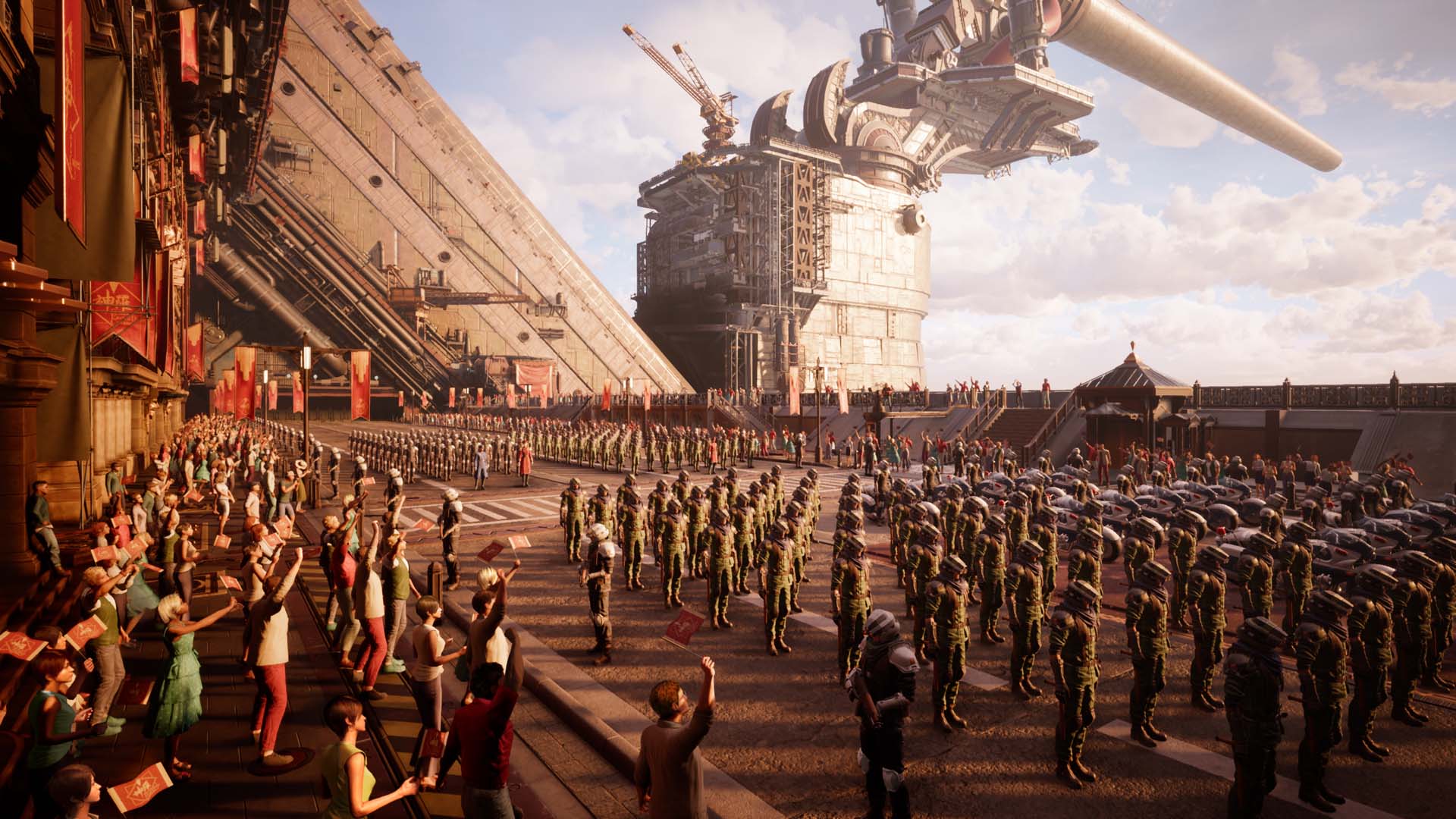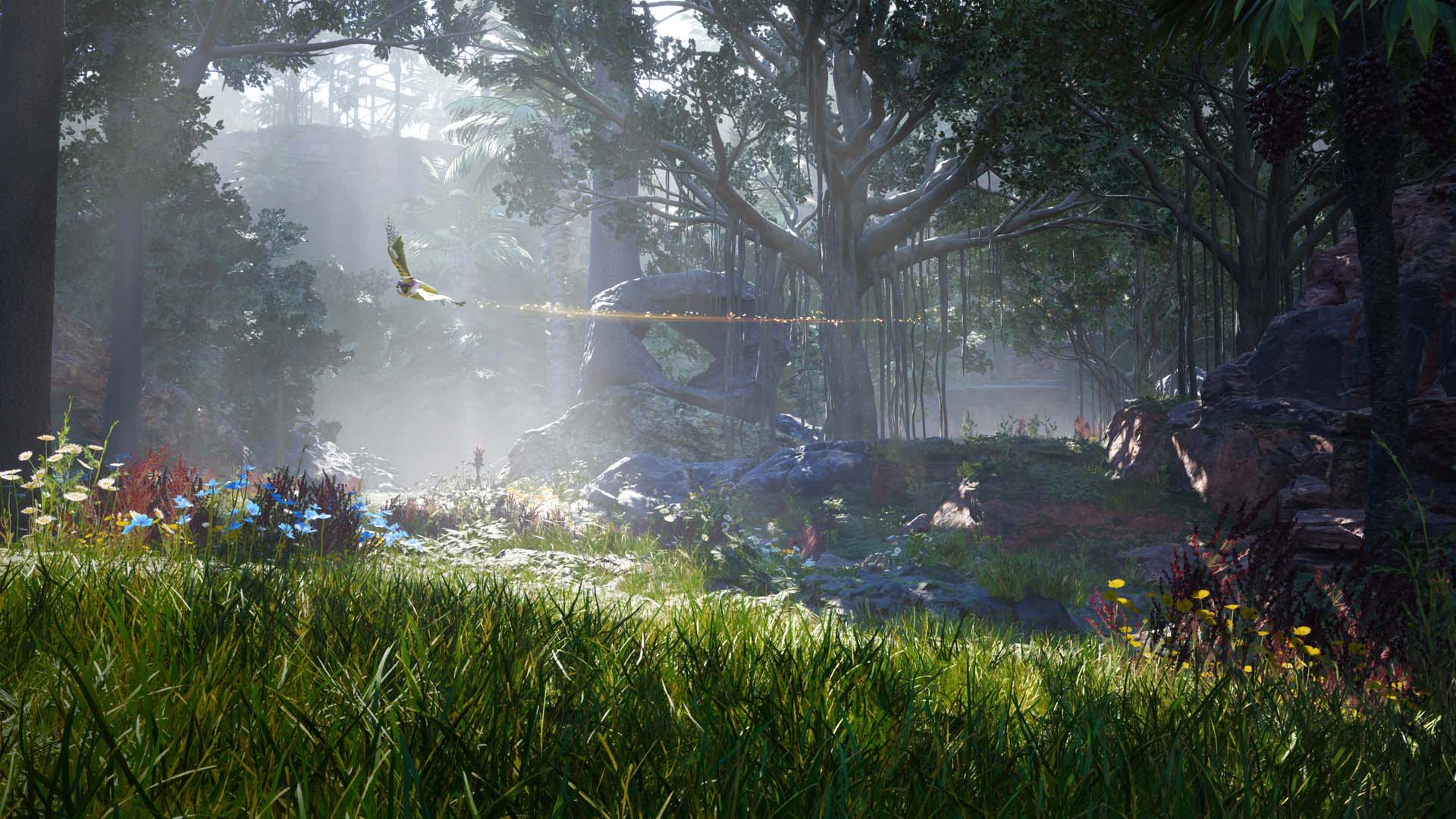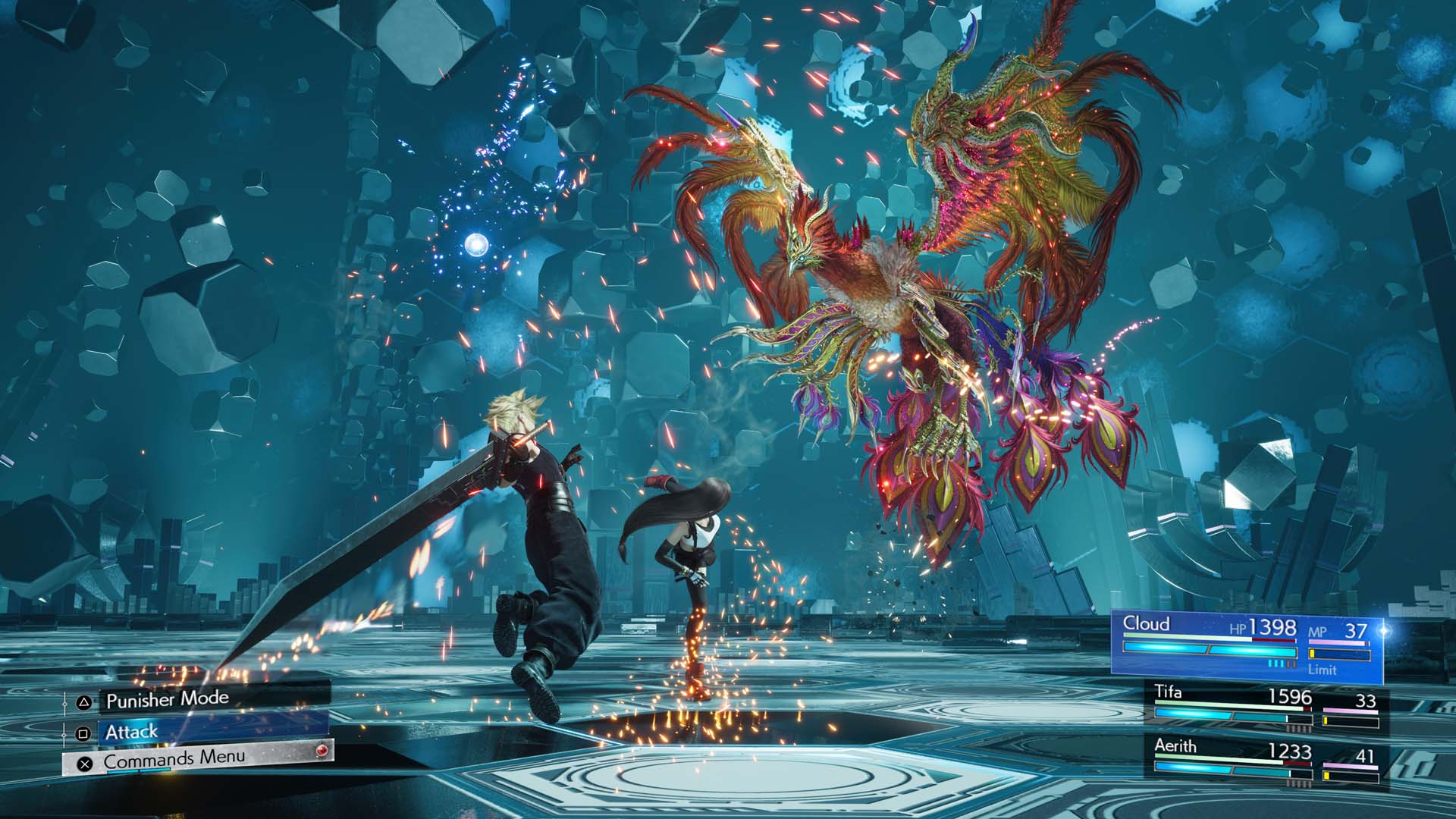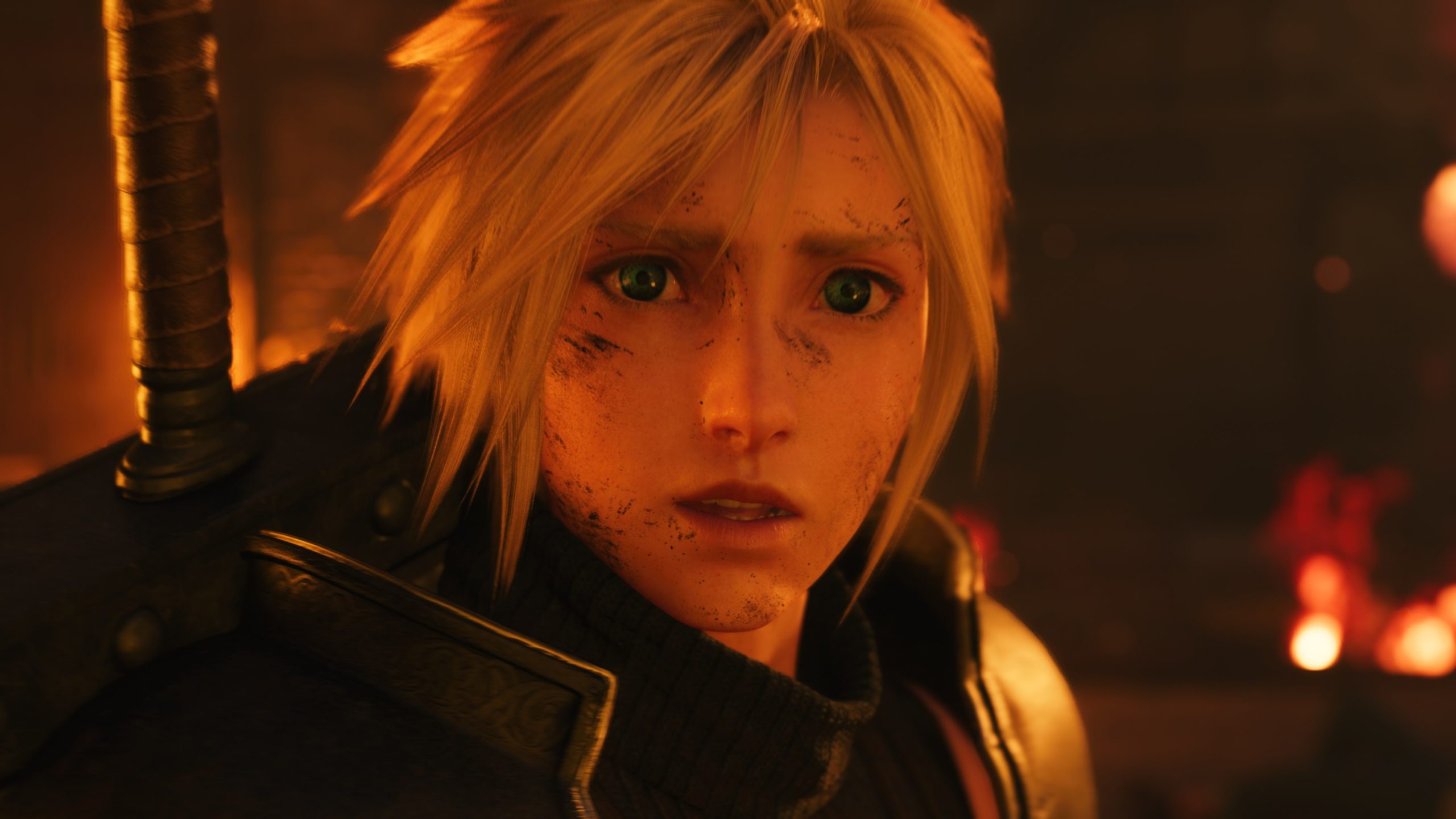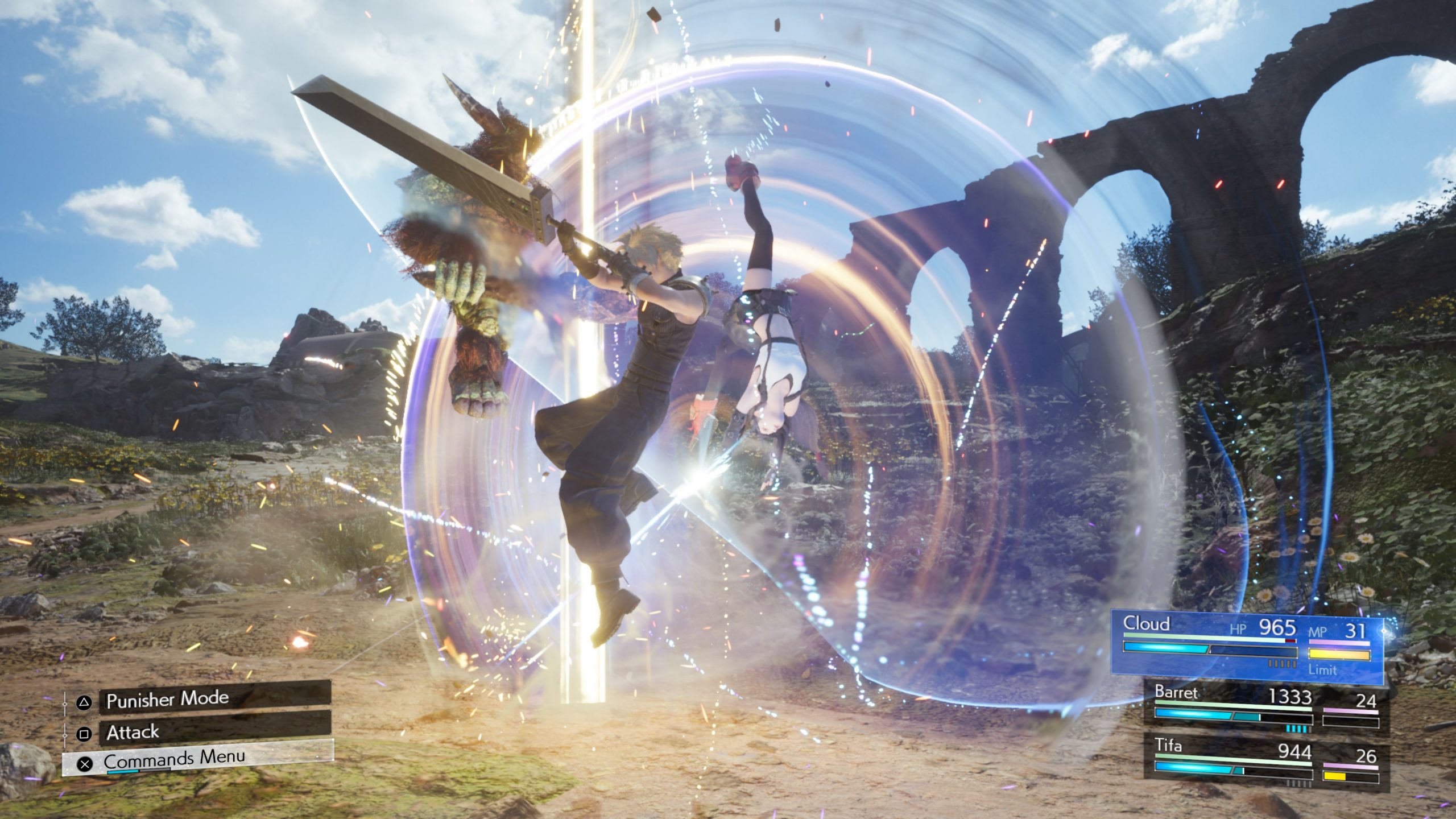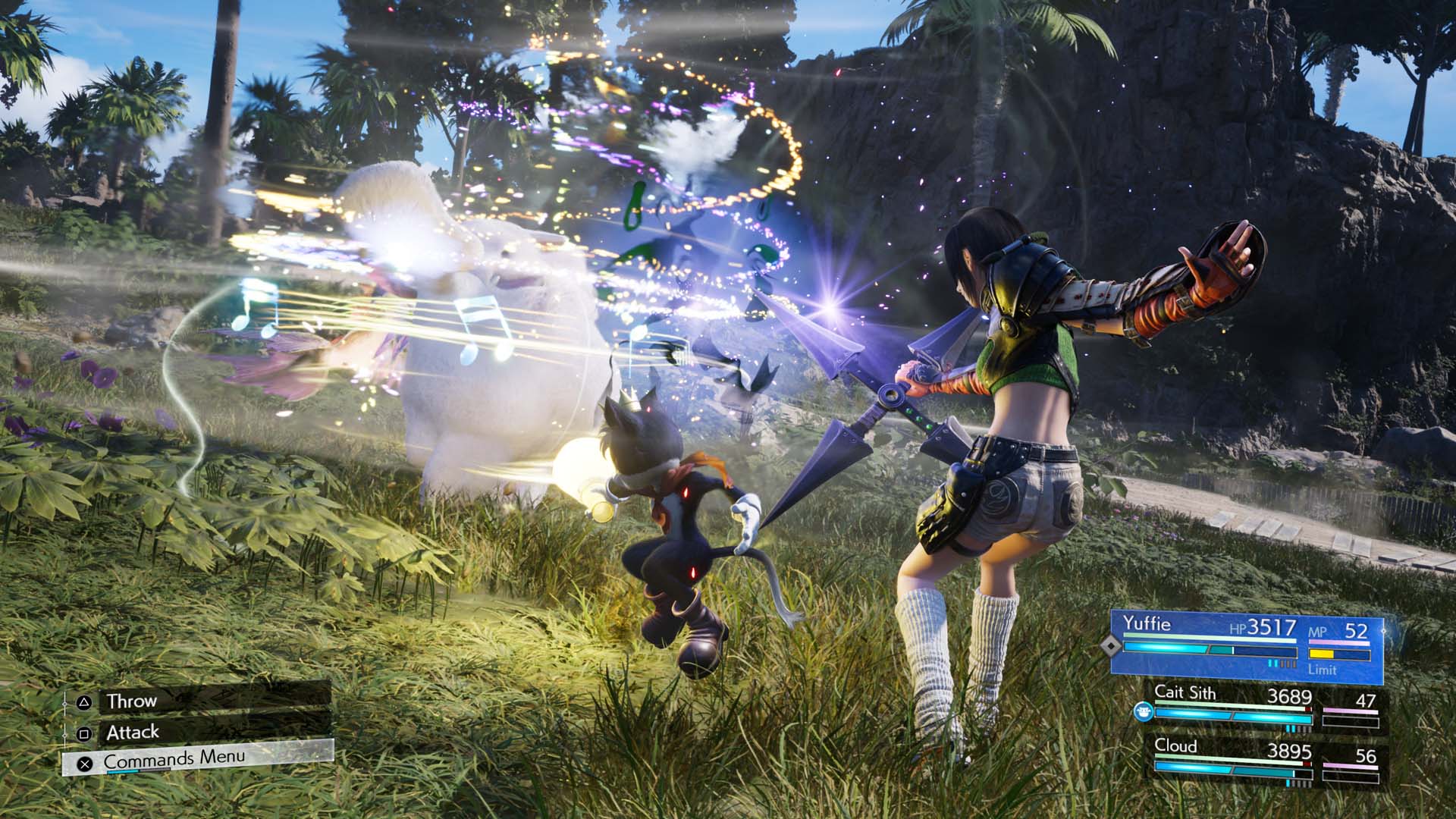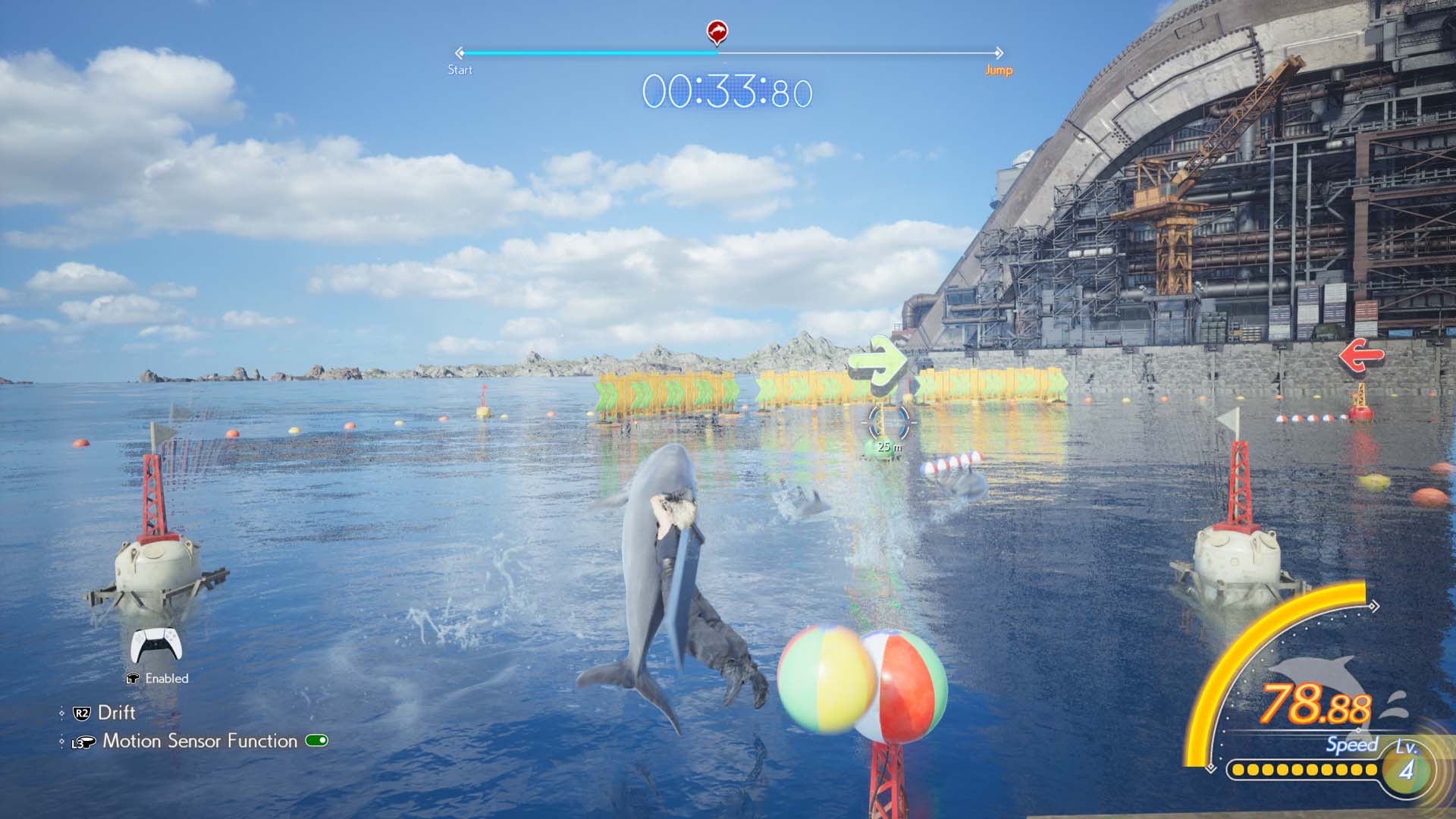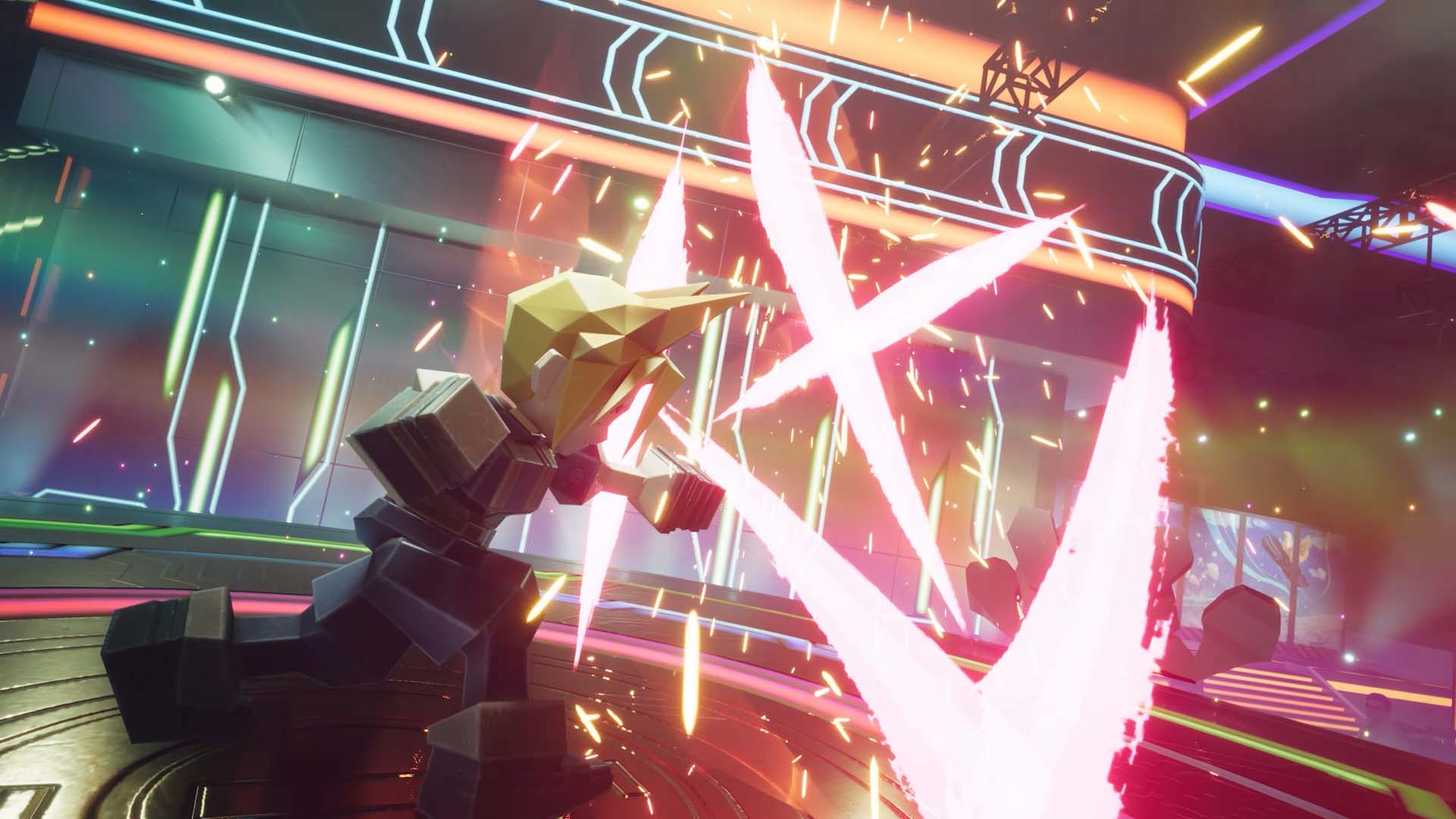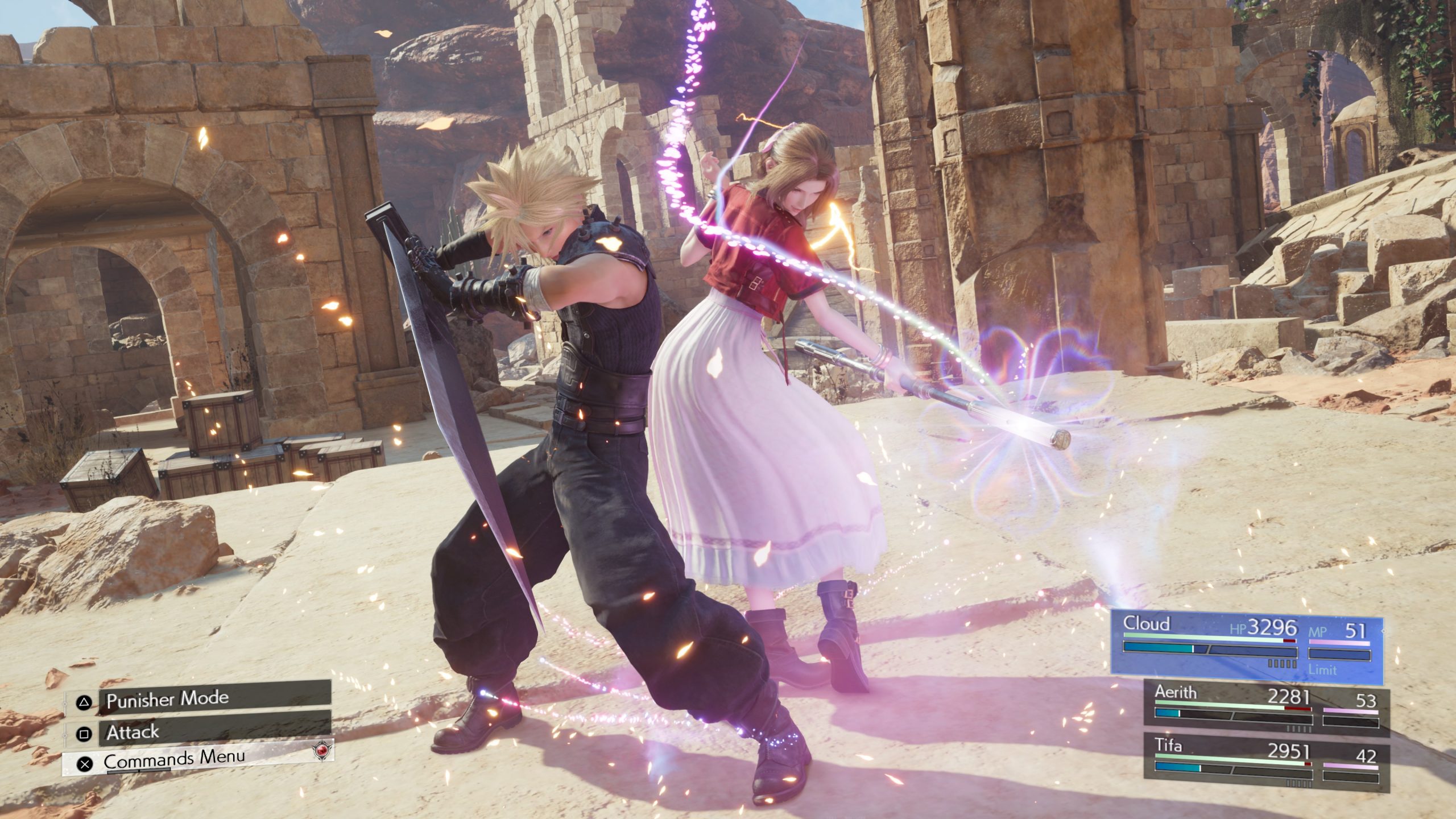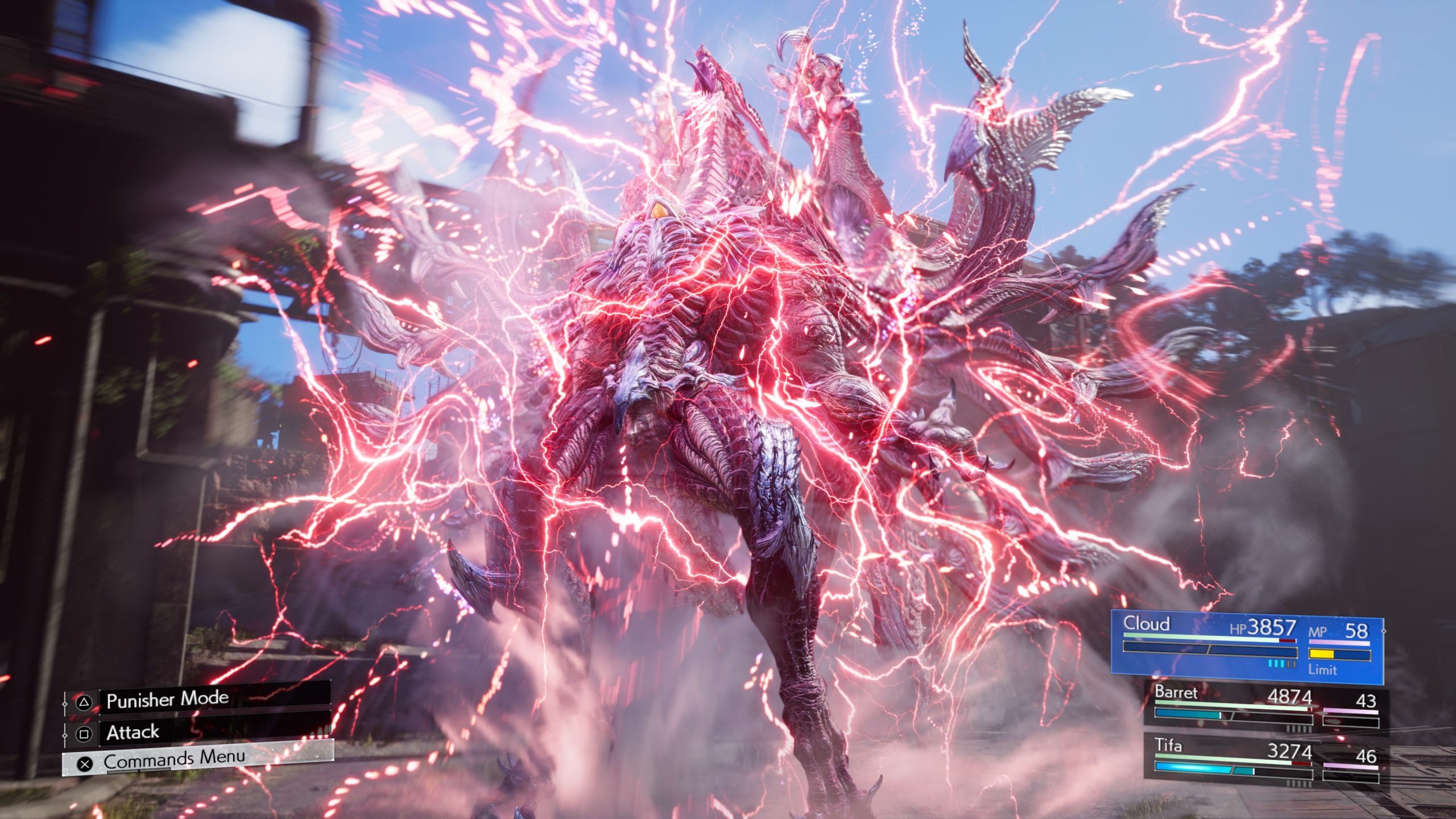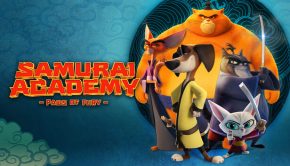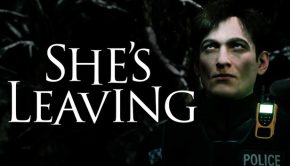Final Fantasy VII Rebirth PS5 Review
Summary: Final Fantasy VII Rebirth improves on Remake in every conceivable way. The sense of wonder the game instils is immense. This is the definitive way to experience Final Fantasy VII.
4.5
Definitive Fantasy
When the Final Fantasy VII Remake project was set to span multiple games with the first taking place entirely in Midgar, many fans wondered how Square Enix would take an iconic 5 hour chunk of the original and turn it into a full next-gen game. The answer was by significantly expanding on the lore of the original, giving the beloved characters more time to develop and diving deeper into the supporting characters. It also meant a lot of unnecessarily long dungeons, a series of filler sidequests and a lot of reviews throwing the word “padding” around. After having the opportunity to play the game in advance I can confirm that Final Fantasy VII Rebirth is a different beast entirely.
Rebirth covers a much larger chunk of the original narrative and as such has a much more propulsive feel straight away. After a brief introductory chapter featuring the beloved Nibelheim flashback, Cloud and the gang are on the run from Shinra and on the hunt for Sephiroth. There is more urgency to the story in Rebirth but it also keeps the quieter character moments that were so lauded in Remake. There are also plenty of changes to the original game to keep long time fans guessing. These range from fairly innocuous plot fixes to some pretty wild swings. As someone who has played and beat the original multiple times, these changes and more detailed explorations of the characters are entirely welcome. It all builds to a climax that is going to have long time fans and new fans talking.
The strong writing of Remake continues in Rebirth. You will not be finding dialogue pearlers such as “This guy are sick” here. The core cast of characters all have well defined, unique identities and play off each other well. The comedy pairing of Red XIII and Barret in particular explores a dynamic that wasn’t really in the main game. There are multiple moments guaranteed to inspire chuckles, such as a bar in Junon that only caters to follically challenged soldiers. But the game also nails the many moments of levity. The writing is bolstered by a uniformly strong voice cast, who by this point all seem to know their characters front to back.
The reimagined support cast is delightful. Fans of the original will be pleased to see the eccentric yet wise Bugenhagen, and the increased role of the brash young Turk Elena. Special mention should go to the proprietor of the Gold Saucer, Dio. Clad in just a cape and underpants, the mustachioed muscleman punctuates every speech with a ridiculous flex. Watching his pecs ripple is almost worth the price of admission alone.
Free from the shackles of Midgar, Rebirth goes bigger in every single way. One of the criticisms of recent Final Fantasy games is that for all their beauty, the towns are pretty devoid of life. No matter the size they will always feature a large crowd of NPCs that can’t be interacted with, a shop that you can visit and then the requisite NPC who helps move the story along. This is not the case at all here. Each town feels alive. There are people to be talked to, history to be learned, quests to undertake and mini games to be enjoyed. It helps even more that they all feel different from each other. The quiet oppression of lower Junon feels miles away from the sun soaked party atmosphere of Costa Del Sol. Each town feels vital to the plot and the overall world of Rebirth in a way that has been missing from the series of late.
This feeling extends to the open world segments too. The endless junkyards and sewers of Remake are replaced by lush green fields, vast deserts and dense jungles. It plays like many Triple A games inspired by Breath of the Wild over the past few years. The world is dotted with towers. Discovering these towers puts more points on your map of places to explore, items to uncover and enemies to challenge. While it is a tried and true format of late, Rebirth succeeds by being a little more sparing with its points of interest. There is plenty to do but it never feels overwhelming.
Waypoints on the map are handled by everybody’s favourite little droid, Chadley. Chadley is researching the planet and sets various tasks around the map in order to gather data which can be funneled into upgrades for your party and the development of new materia.
Exploratory segments are fairly simple, they usually involve following an owl to a pre-determined point and then pressing a few buttons to uncover intel. In addition to the previously stated upgrades the intel fills in the history of the various towns and areas of the world.
Combat challenges on the map will uncover unique fiends, and provide you with a set of parameters you have to fulfill to achieve better items or upgrades. For instance, in one battle you may need to avoid getting hit with a certain attack by a fiend, stagger them and beat them within a time limit. Completing all three will net you the best reward. If you fail at any point you can simply try again when you feel like it.
The combat simulator makes a return, and participating in its challenges will reward you with new summon materia. You can also explore the map to find ‘divine intel’, which gives backstory on the summons and allows you to lower the difficulty of the battles.
There are more involved quests involving ‘Proto-relics’ that are usually multi part quests that combine exploration and combat. In one of these early quests the Fort Condor board game from Intergrade returns, and features a blocky Cloud, Tifa and Barret just like in the original. Touches like this are inspired and may or may not have made this reviewer squeal in delight. The less said about actually playing the Fort Condor game though, the better.
Navigating the map is a blast. There has been some online discourse recently about the use of the “yellow paint” to identify climbing areas but it never stands out to the point of annoyance. As the game progresses you obtain more ways of getting around that might help you reach areas you found you could not before. You can spend hours just hopping on a Chocobo and exploring the landscape and uncovering intel about the world and have a great time.
Chocobos are a big part of Rebirth as each area has its own type of Chocobo, some with unique abilities such as being able to climb up steep mountains, launching themselves off of mushrooms or soaring around the sky. Unfortunately there is no huge Chocobo breeding sidequest, but you still get to sample the different types of Chocobos by catching them in the wild. Catching a Chocobo involves a rudimentary stealth section where you must pass by various Chocobos and obstacles undetected before breaking in your target. Obviously these stealth sections aren’t coming anywhere close to something like Metal Gear Solid, but they are a fun little diversion and the checkpoint system ensures that if you get caught you don’t always have to go right back to the beginning.
Combat remains largely unchanged from Remake and this is a very, very good thing. The fusion of Active Time Battle and real time mechanics was almost universally lauded in the first installment, and here it is no different. Fights are kinetic but allow room for experimentation with different party builds and abilities. The epic, multi stage boss fights are also back and they remain a gorgeous and exciting spectacle to experience.
There are a few new added wrinkles. The first is two new playable characters (three if you didn’t play the Intergrade DLC starring Yuffie). Red XIII and Cait Sith both slot into the party seamlessly and their unique abilities are both interesting and fun to use. Playing as Cait Sith in particular is wonderfully bonkers. The second is the inclusion of ‘Synergy Attacks’ that were introduced in Intergrade. Synergy Attacks mean two members of a party can team up to use devastating blows on an enemy. These attacks often also provide buffs or debuffs for the party, such as briefly unlimited MP, or greatly increasing the stagger gauge. Finding new combos and deciding when is best to deploy them is a heck of a lot of fun.
Unlocking new Synergy Attacks can be done with a skill tree that is new to Rebirth, the folio system. Earning SP from battles or quests can be spent on unlocking new abilities for characters. Buying new books from bookstores dotted across the world also reveals new skills and synergy attacks. It is a simple, yet rewarding system that encourages getting out there and earning SP.
One of the biggest shortcomings of Remake was the side content. In the quieter parts of the game numerous optional quests appeared but they were uninspired, inserted only because long RPGs have to have sidequests. They almost all consisted of either picking up multiple items or fighting a group of enemies and felt completely inessential. Rebirth has fixed this in such a major way that it makes you wonder if they were saving all this stuff to blow the first game out of the water.
Side quests in Rebirth are numerous, they are varied, and mostly they are fun as hell. Your enjoyment of them may depend on your tolerance for minigames but for the most part you will want to actively seek them out. Sure, there are some which involve going to a point on the map and killing something but they have pulled off a mean feat in making them all feel involving due to the character dynamics and their affiliations with the various citizens of the world. In addition to this side quests usually reap useful rewards down the trail. One minute you might be escorting a dog delivering a letter, the next you might be trying out various first date spots for a group of matchmakers, but they all serve a purpose that has been lacking in previous games.
Side quests not only reap rewards, they also are a showcase for the various supporting players of the world. Even though Midgar may be a thing of the past, various faces from Remake show up. Kyrie has decided to start up her own mercenary company and throughout her quests she manages to thoroughly irritate Cloud. Kyrie’s quests are also worth doing just to be able to hear her merc theme song, one of the most annoyingly catchy pieces of pop music ever in a Final Fantasy game. Johnny also returns and has gone into business for himself. His quest line is one of the wackier parts of Rebirth and is immensely entertaining.
Let’s talk about the minigames. Rebirth has a lot. A lot. Final Fantasy has a fascinated and complicated relationship with minigames. Triple Triad from Final Fantasy VIII might be one of the best ever made. It stands on its own as fun to play, but the bonuses received from playing it are also immeasurable. Contrast that with Hyper Catcher Chocobo from Final Fantasy X, which will make you want to curse whichever developer thought it would be cool to make enduring something so punishing the only way to unlock one of the best weapons in the game. Rebirth’s minigames mostly manage to avoid this, straddling the line between being fun and being frustrating.
A lot of the minigames from Remake and Intergrade have been jettisoned or minimized. The aforementioned Fort Condor game has been replaced with the rather addictive Queen’s Blood. Queen’s Blood is a deck building card game that is played all over the world. You have three rows in which you can play your cards. Playing your cards adds a score to the corresponding row you play them in. At the end of the game each row goes head to head and the highest score wins. Cards can have bonuses in them that add value to your score, decrease your challengers score or provide you with more space on the board. It is easy to get the hang of but also not afraid to present a challenge. Getting better at Queen’s Blood gives you extra cards and the opportunity to play better players. Since Triple Triad, card games in Final Fantasy have been a mixed bag. Fortunately, Queen’s Blood is a lot of fun to play once you understand how it all works.
While Queen’s Blood is a major part of the world there are also various minigames dotted around the map. You can sit at pianos in various towns and use the analogue sticks to perform bits of sheet music. At first this seems impossible to pull off, but once you get into the rhythm it is surprising how intuitive it is. In Junon you are turned into a frog and must stay on an obstacle-filled platform for as long as possible. Various Moogle houses will find you wrangling naughty Moogles who have run away from home. The gym from Midgar makes a return for those who want to indulge in a little sit up competition, shooting galleries pop up and Yuffie gets to take on legions of Cactuars as fast as possible. Special mention should also go to Run Wild, a Rocket League type game where Red XIII has to score goals against three other players.
These games run the gamut from completely inessential to begging to have one more go. One of the best aspects of the minigame design is that while all of them have decent awards for really kicking ass, they don’t punish you if you don’t enjoy them. They don’t overstay their welcome and you won’t be breaking a controller in frustration because you need to clear one to move the game forward.
Rebirth is a big game. The main campaign will take about 60 hours to complete, and completionists should expect to run closer to 100 hours. Despite this, it never feels as arduous as Remake could in its slowest parts. The sheer volume of things to do ensures that you’re never repeating the one activity for too long. The backtracking of the previous game is almost completely gone, unless you want to indulge in a few more side quests before moving on from an area.
Obviously, the game looks breathtaking. From the dings on Cloud’s sword to the map environments it is clear a lot of care has been put into this game. One of my original quibbles with Remake was despite most of the visuals being incredible, there were moments where it seemed there was a lack of attention to detail. Door knobs were flat on doors, mirrors did not cast a reflection. Rebirth has that all taken care of and every shot is crammed full of life.
The reimagined soundtrack also benefits from leaving Midgar behind as the styles and compositions are much broader. From the pomp and circumstance of Rufus’ Welcoming Ceremony to the kitsch of the Gold Saucer theme, the new tunes pay wonderful homage to the originals while standing out on their own. Several fan favourites from Remake also have a welcome return, in addition to some brand new compositions that are destined to become fan favourites.
Final Fantasy VII Remake was a great game with numerous flaws and Rebirth has attempted to address every single one. It has succeeded. It tells a beautiful story and maintains the excellent writing while improving the gameplay in every conceivable way. The excellent combat now has an excellent game around it and experiencing the towns and the open world is a pure joy. Some of the minigames may be frustrating, and it’s probably not the best entry point for beginners. However, long term fans of the original or even fans of just Remake will be ecstatic with how Rebirth has turned out. With Final Fantasy VII Rebirth, Square Enix haven’t just delivered a fantastic game, they’ve delivered the definitive way to experience Final Fantasy VII.


